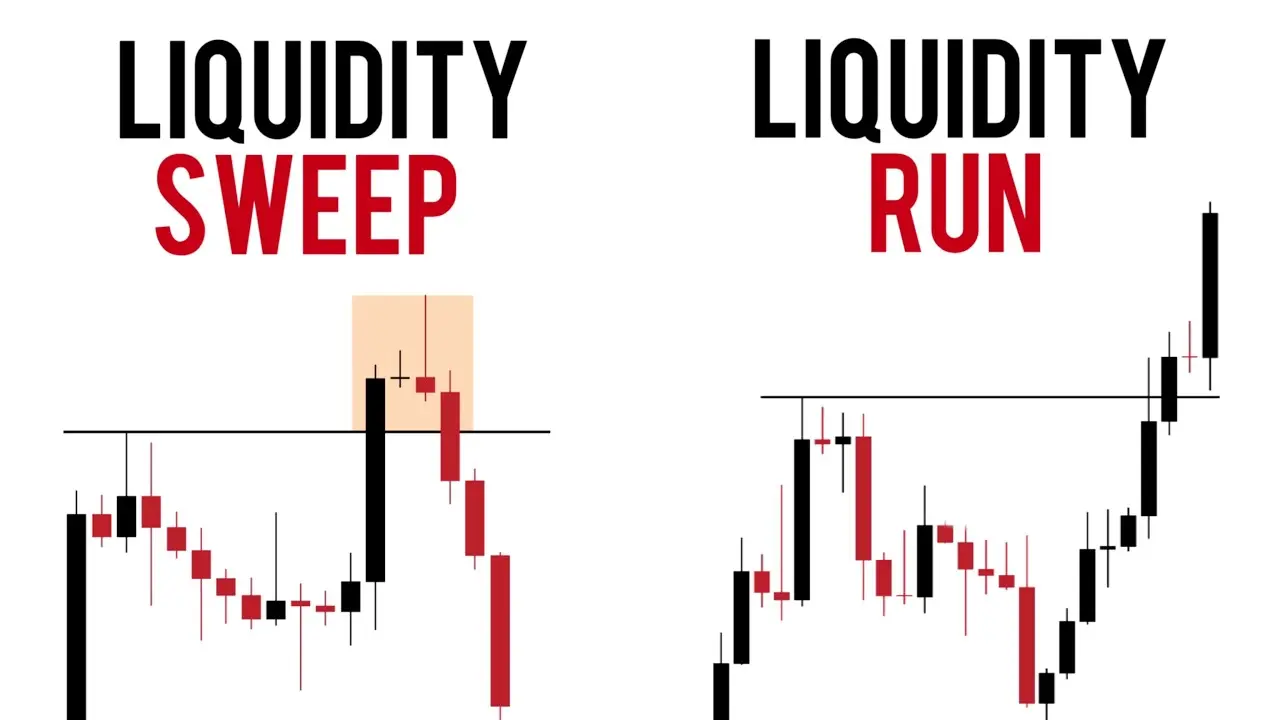Scalping isn’t about predicting where the market will go — it’s about understanding where it’s likely to react.In a fast-moving order-driven environment, structure and liquidity dictate behavior more than any indicator ever could.That’s where Low Volume Nodes (LVNs) come into play.While most traders chase breakouts and momentum, professional scalpers focus on the empty spaces on the volume profile — the places where the market moved too fast to build consensus.In this article, we’ll break down how to identify, interpret, and trade around LVNs using a data-driven and psychologically aware approach.By the end, you’ll understand how to use these hidden “vacuum zones” to scalp with precision, align with institutional flow, and manage risk with surgical accuracy.
1. What Are LVNs and Why They Matter
In Auction Market Theory, every market session is a battle for fair value. Price constantly explores higher and lower regions until it finds acceptance—areas where buyers and sellers agree on value. These high-volume regions are known as High Volume Nodes (HVNs).
But the real opportunities for scalpers often lie in the opposite: the Low Volume Nodes (LVNs).
An LVN represents an area on the volume profile where little trading activity occurred. This means price moved through it quickly—either due to strong imbalance, aggressive initiative activity, or rejection. In essence, LVNs mark inefficienciesin the auction process.
These inefficiencies often act as key reaction points when revisited:
- If price breaks into an LVN zone, it may slice through rapidly due to a lack of resting liquidity.
- If price tests but fails to enter an LVN, it often triggers sharp rejections, creating scalping opportunities.
LVNs are the fingerprints of institutional order flow — they show where the market decided “this is not value.” Understanding this structure allows a trader to position themselves before liquidity reacts.
2. The Psychology Behind LVNs: Where Traders Get Trapped
Behind every LVN lies a story of imbalance. Imagine a strong directional move — buyers overwhelm sellers and price explodes upward. During that move, there’s little time for two-way trade, leaving behind a thinly traded area. That area is now an LVN.
When price later returns, two scenarios unfold:
- Acceptance: Market participants find value there this time, and volume builds — turning the LVN into a new HVN.
- Rejection: The market quickly moves away again, validating the zone as a rejection area.
This is where the psychological edge comes in. Most traders chase breakouts or reversals without understanding the underlying volume structure. The LVN acts as a trap zone:
- Late breakout traders get trapped when price rejects from an LVN.
- Counter-trend traders get trapped when price slices through one without hesitation.
Professional scalpers use LVNs to anticipate these emotional extremes — fading emotional entries and aligning with institutional footprints. You’re not just trading price; you’re trading the market’s memory.
3. Identifying and Mapping LVNs
Before applying the strategy, you need to identify and map LVNs correctly. Tools like Volume Profile, Market Profile, or TPO charts can reveal these structural voids clearly.
Here’s a step-by-step method to map LVNs effectively:
- Start with the Composite Profile: Look at the broader context (e.g., weekly or monthly). Identify key LVNs between major HVNs — these mark institutional handoff zones.
- Zoom to Session Profiles: On the daily profile, mark LVNs that formed during strong directional days or single prints. These are intraday imbalance zones.
- Look for Confluence: Combine LVNs with other data points like VWAP deviations, prior day highs/lows, or liquidity pools from order flow data.
- Validate with Order Flow: When price approaches an LVN, monitor footprint charts or delta to see if aggressive buyers/sellers absorb or get rejected.
The goal is precision: a scalper doesn’t trade every LVN — only the ones that align with clear confluence and real-time confirmation.
A pro tip: avoid overmarking. The fewer LVNs you track, the more significant each becomes. Focus on the ones that coincide with visible market memory — failed auctions, session extremes, or untested single prints.
4. Trading LVNs: Execution Models for Scalpers
Once your LVNs are mapped, the next step is defining how to trade around them. There are two primary ways scalpers use LVNs: the Rejection Model and the Breakthrough Model.
🟢 The Rejection Model
This setup anticipates a strong reaction when price tests an LVN from one side.
- Wait for price to approach the LVN zone (preferably near the session extremes).
- Watch order flow: if you see aggressive buying into the zone but delta remains negative (or vice versa), it signals absorption.
- Enter in the direction of rejection, with your stop just beyond the LVN.
- Target the nearest high-volume node or VWAP reversion.
This is ideal in rotational markets or when GEX and dealer positioning indicate mean reversion conditions.
🔵 The Breakthrough Model
This setup anticipates that the LVN will not hold — price slices through due to lack of liquidity.
- Look for strong delta imbalance or iceberg absorption on the opposite side of the LVN.
- Enter on the confirmation of continuation, ideally during high-volume market windows (e.g., NY open).
- Place stops behind the LVN zone (now expected to act as support/resistance).
- Target the next structural zone or opposing LVN.
Scalpers often combine both models depending on volatility regime: rejection trades in balanced sessions, breakthrough trades during trend days or post-news volatility spikes.
5. Combining LVNs with Institutional Context
While LVNs are powerful on their own, their real strength comes from combining them with other institutional-level tools — just like any other market microstructure concept.
Here’s how to build a confluence-based approach:
- Auction Market Theory: Use LVNs to mark areas of prior imbalance within the broader value distribution.
- Order Flow: Validate LVN reactions through footprint imbalances, delta divergence, or exhaustion signals.
- Dealer Positioning / GEX: On high positive gamma days, LVNs are more likely to reject. On negative gamma days, they’re often broken.
- Time & Session Context: LVN scalps work best during liquidity transitions — London open, NY open, or pre/post major news.
The combination of structure (LVN), psychology (trap zones), and flow (order book confirmation) creates one of the most consistent setups for precision scalpers.
Example:
Imagine the ES (S&P 500 futures) opens below the previous day’s LVN. Price rallies into it during NY open, delta spikes, but no follow-through occurs — footprint shows heavy absorption. That’s a textbook LVN rejection scalp.
You enter short with a 1:3 risk/reward targeting VWAP. In essence, you’re trading the market’s unwillingness to accept a prior imbalance zone.
Final Thoughts
The LVN strategy is not about predicting direction — it’s about reading the story of volume. Each low-volume pocket is a relic of previous aggression, fear, and imbalance.
For a scalper, this provides a razor-sharp map of where liquidity does not want to be. These zones often mark the difference between trading randomness and trading with intention.
By combining LVNs with contextual tools like Order Flow, GEX, and Auction Market Theory, traders move from chasing price to anticipating behavior. In other words, LVNs give structure to the chaos — allowing you to scalp where emotion meets inefficiency.

.png)



